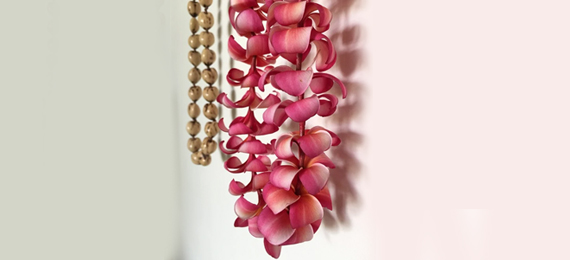
A lei is nothing but a set of blossoms tied together to make a garland or necklace. It is most often worn by both men and women of Hawaii as well as the people who visit the state as a symbol of kindness, goodwill, and much more. May 1 is celebrated as a “Lei day” on the islands of Hawaii every year. Here are some amazing facts about Hawaiian lei flowers.
Why Do Hawaiian’s, Wear Leis?
Apart from offering lei as a symbol of hospitality, love, respect, and friendship lei is also given on special occasions such as births, graduations, weddings, and funerals. It is also offered to tourists as a welcoming gift as well as a parting gift. It has been said that leis are a symbol of Aloha. In the earlier times wearing a Lei in Hawaii indicated wealth, royalty, and rank. It is also connected to religion, hula, and geography. These sweet-scented lei given with sweet intentions can be worn anytime and anywhere.
What Are the Lei Rules?
Lei should be about 18 inches which is 46 cm long consisting of 50 flowers and should be gently hung over the shoulders, hanging down both in front and in back. One should never give closed Lei to a pregnant woman because it is believed that giving closed lei to a pregnant woman brings bad luck. It is rude to remove a lei right after it has been received and in front of the person who gave it to you. It is disrespectful for lei to be thrown away in the trash it can either be scattered in the ocean, buried, or burnt. Or it can simply be hung on a door or a window.
1. What Is the Plural Form of Hawaiian Lei?
- A. Lei
- B. Leis
- C. Lies
- D. None of the above
Who Brought the Lei Tradition to Hawaii in the First Place?
Leis were originally worn by ancient Polynesians and some Asian people. But the Polynesian voyagers who are considered to be native Hawaiians brought the tradition of lei to the islands. According to the history of the Hawaiian lei, it is often used to signify people’s ranks and royalty and for their gods. The early Polynesian settlers from Tahiti used to wear lei made of bones, teeth, leaves, flowers, shells, nuts, and feathers. But the Kukui nut Lei was only worn by royalty.